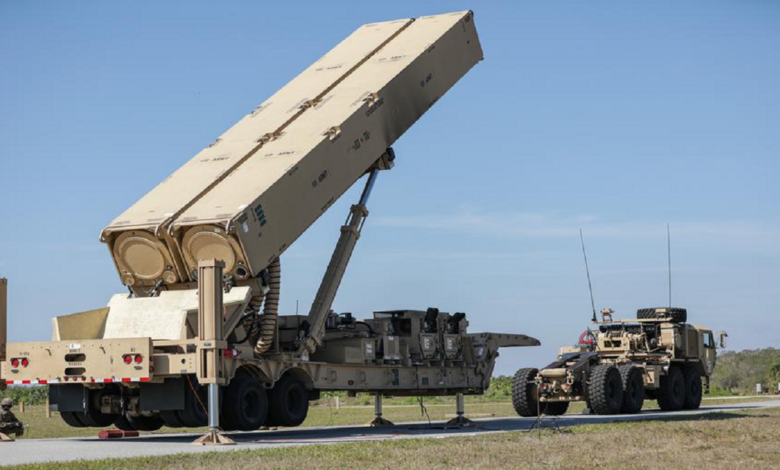The Pentagon is hiding information about the dangers of developing hypersonic weapons

According to congressional auditors, the Pentagon is not providing Congress and the American public with a full assessment of its problems and challenges in developing hypersonic weapons to counter weapons already deployed by China and Russia.
Despite test failures of US Air Force and Army systems, the Pentagon is “not comprehensively reporting to Congress its progress in risk management,” according to a report released Monday by the US Government Accountability Office.
Comprehensive information reporting enables Congress to better understand and monitor programs.
The Pentagon’s failure to share more details with Congress and the public about its progress on developing hypersonic weapons could contribute to increased costs and difficulties in managing risks, according to a recent Federal Watchdog report.
The US Government Accountability Office reviewed six hypersonic weapons under development by the US Army, Air Force and Navy in terms of development assessment, cost estimation and risk management. A hypersonic weapon can travel at speeds in excess of Mach 5, maneuver in flight and engage a target thousands of miles away.
The Defense Department provides some information to lawmakers, although it “does not comprehensively report to Congress on its progress in risk management,” the office said in a report released Monday. Efforts to develop ground-, air-, and sea-launched hypersonic weapons accelerated in 2018 and 2019 to compete with similar efforts by China and Russia. But the Pentagon has yet to deliver its “first operational hypersonic weapon system.”
According to the office, “comprehensive intelligence reporting enables Congress to better understand and monitor programs.” Delivery of the Army’s long-range hypersonic weapon, which is launched from a truck, has been delayed from 2023 to late 2024 due to problems discovered in flight testing. This system costs 10.3 billion dollars. The Air Force also extended its five-year prototyping timeframe to 2024 for its air-launched and rapid-reaction weapons after mixed flight test results, but the plan appears to need at least another four years. /p>
Government Accountability Office has published such a report while the Pentagon has been hiding its failures in this field in recent years.
Translator: Azam Purkand
| © | Webangah News Hub has translated this news from the source of Young Journalists Club |


